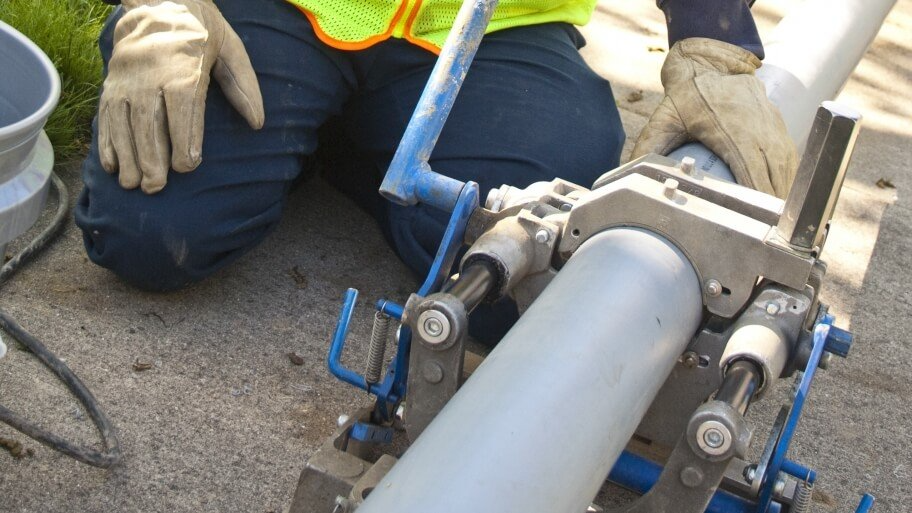
Why Trenchless Pipe Repair Is So Important for Your Home
Maintaining the plumbing system in your home is essential for the well-being and functionality of your household. When issues arise with your pipes, such as leaks, cracks, or blockages, they can lead to a range of problems like water damage, mold growth, and decreased water pressure. Traditional pipe repair methods often involve extensive digging, disrupting your landscape and causing inconvenience. Fortunately, trenchless pipe repair has emerged as a game-changer in the world of plumbing, offering a more efficient and less disruptive solution for fixing your home’s pipes. In this article, we will explore why trenchless pipe repair is so important for your home. If you want to find more about pipe repair, you can also check this website https://pipereliningbrisbane.net.au to learn more.
Minimal Disruption
One of the most significant advantages of trenchless pipe repair is that it minimizes disruption to your property. Traditional pipe repair methods involve digging trenches or holes in your yard or even inside your home’s walls and floors. This can be not only time-consuming but also costly, as it requires extensive labor and landscaping repairs once the job is complete. Trenchless pipe repair, on the other hand, requires only a few access points, making it a far less invasive option. This means you can avoid the hassle of restoring your property to its original condition after the repairs are done.
Cost-Effective
Trenchless pipe repair can be more cost-effective in the long run. While the initial upfront cost may be slightly higher than traditional methods, the savings come from reduced labor and restoration expenses. With traditional repair methods, you have to pay for digging, labor, landscaping, and potentially damage to existing structures. Trenchless repair eliminates many of these costs, making it a more financially prudent choice.
Faster Repairs
Trenchless pipe repair is a much quicker process compared to traditional methods. Traditional repairs can take days or even weeks to complete, causing major inconveniences to your daily life. Trenchless technology allows plumbers to complete repairs in a matter of hours, enabling you to get back to your normal routine sooner. This quick turnaround time is particularly crucial for businesses and households that rely on uninterrupted water supply.
Improved Durability
Trenchless pipe repair methods often involve the use of modern, durable materials such as epoxy resin or cured-in-place liners. These materials are highly resistant to corrosion and damage, ensuring that your pipes will have a longer lifespan once the repair is complete. This added durability can save you from frequent and costly repairs in the future.
Environmentally Friendly
Trenchless pipe repair is a more environmentally friendly option compared to traditional methods. With less excavation and disturbance to the surrounding environment, you reduce the impact on your landscape and the risk of soil contamination. Additionally, the materials used in trenchless repairs are often eco-friendly and safe for the environment.
Preserves Landscaping and Property Value
The disruption caused by traditional pipe repair can significantly affect the aesthetics and value of your property. Trenchless repair minimizes damage to your landscaping, preserving your property’s appearance and value. This is particularly important for homeowners who take pride in their outdoor spaces and want to maintain or increase their property’s resale value.
Conclusion
Trenchless pipe repair is a vital innovation in the plumbing industry that offers numerous benefits for homeowners. Its minimal disruption, cost-effectiveness, speed, durability, environmental friendliness, and preservation of property value make it a compelling choice for addressing pipe issues in your home. When faced with plumbing problems, consider trenchless pipe repair as a modern and efficient solution that can save you time, money, and headaches in the long run.







